Felipe Talo / Confessions of an extreme lover / 26.04-19.05 / 2018
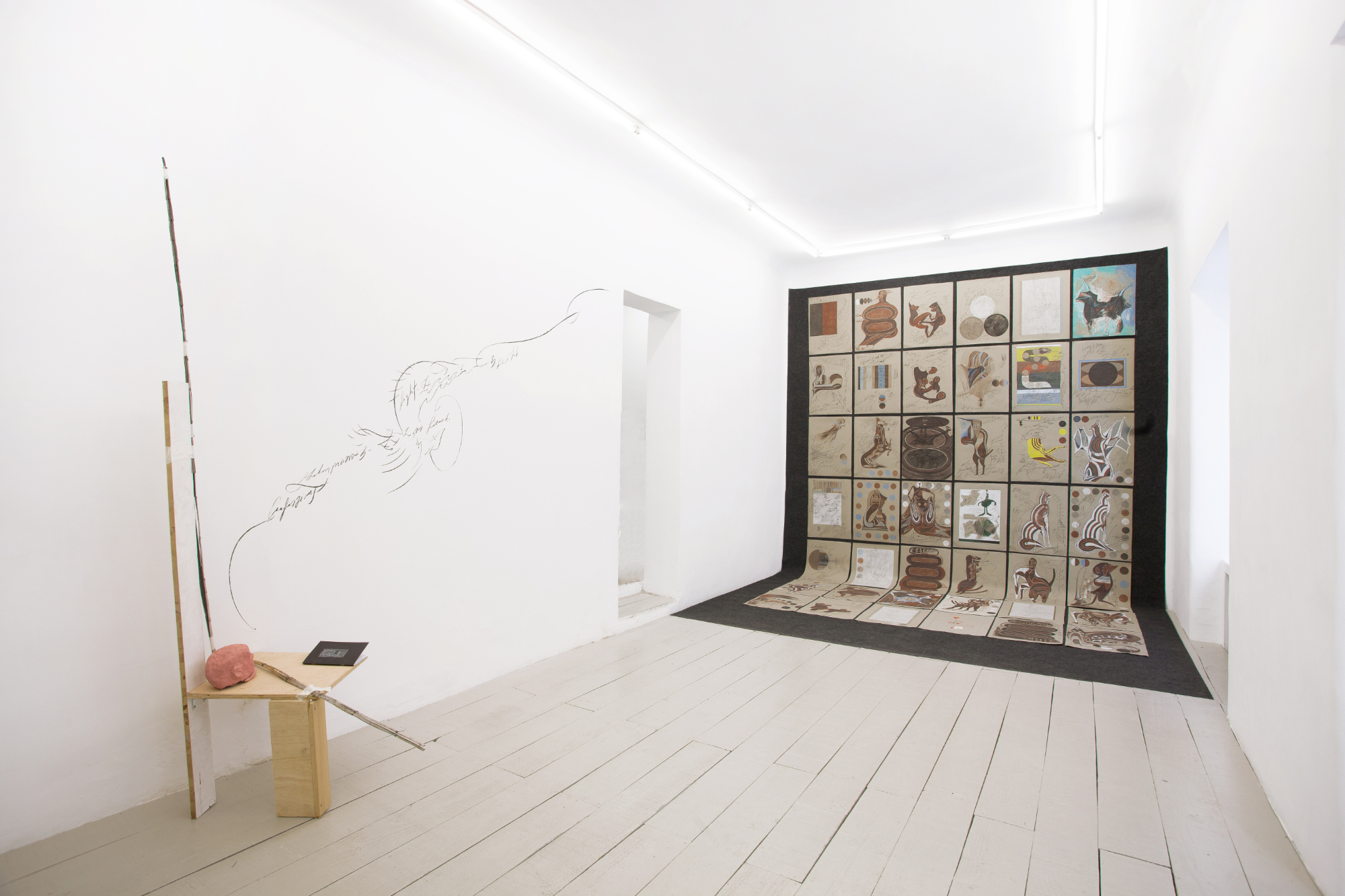
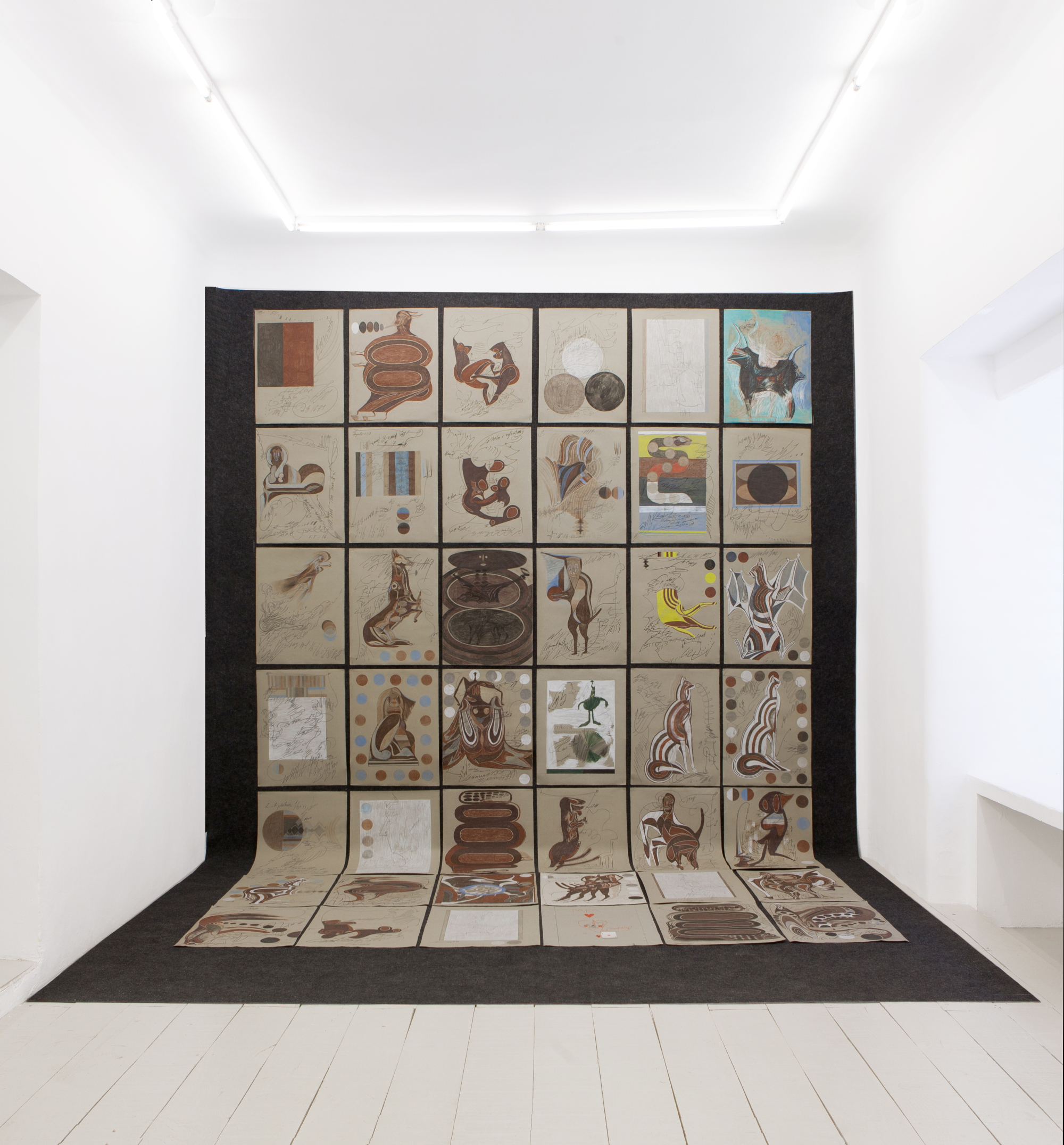
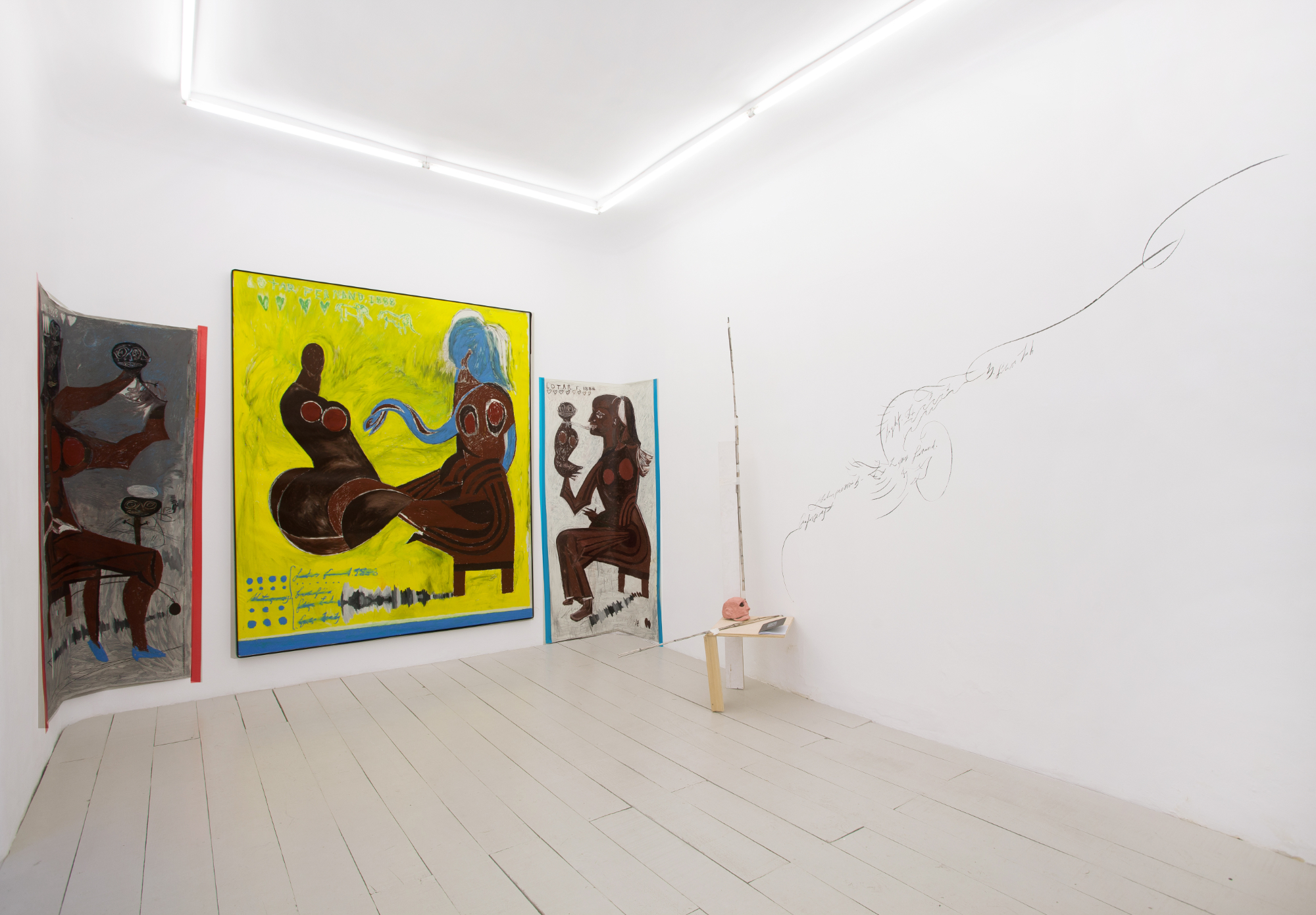
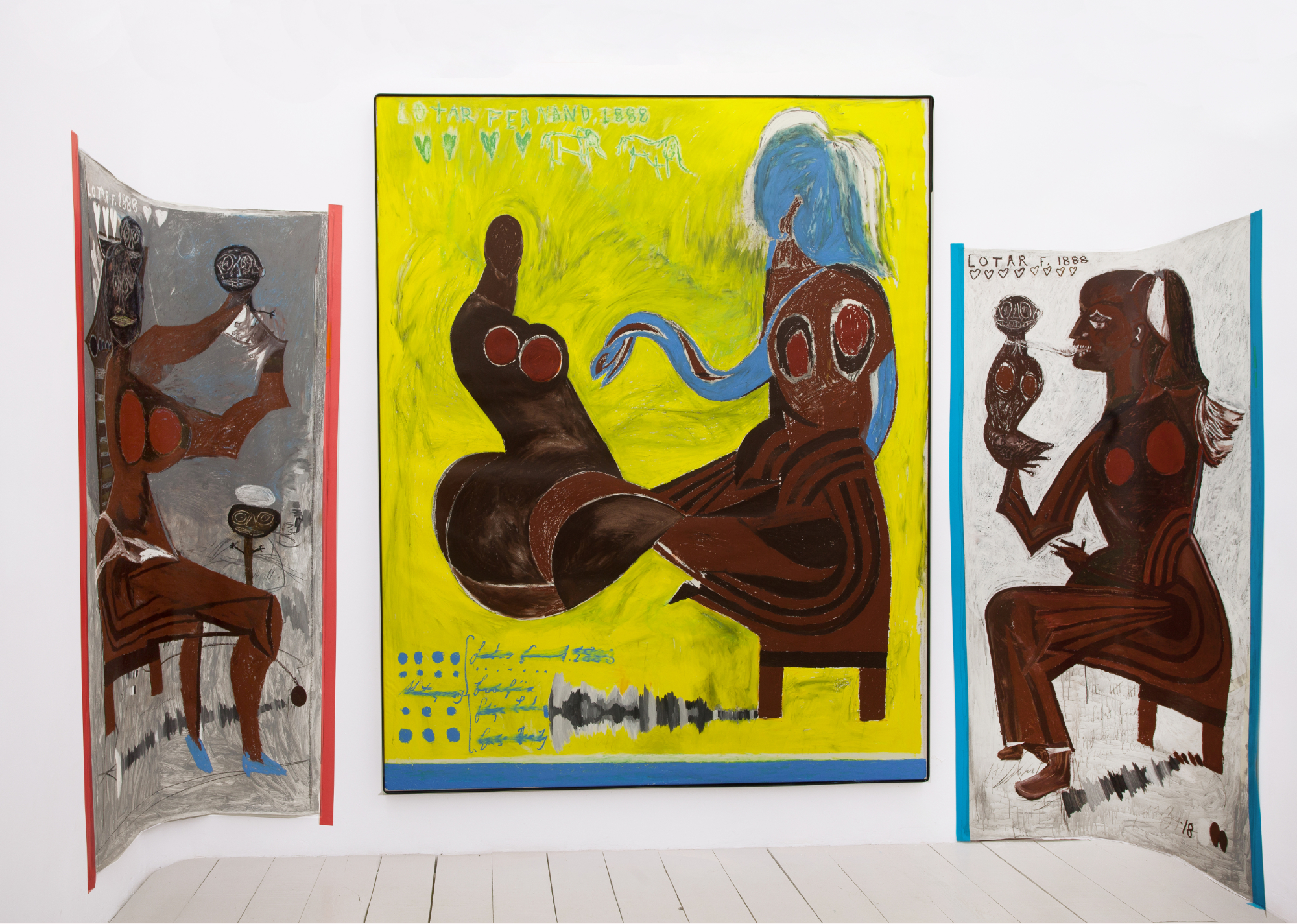
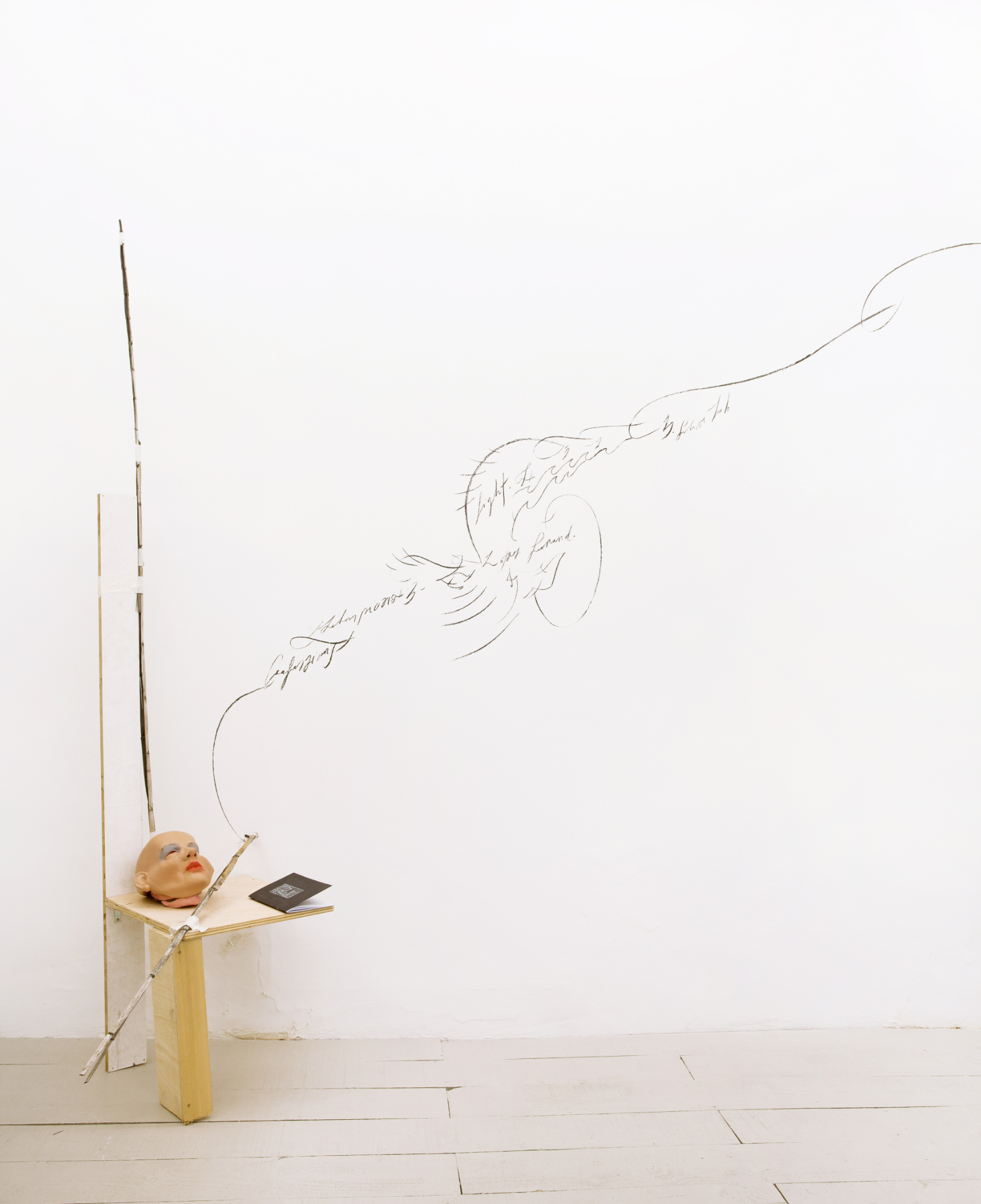
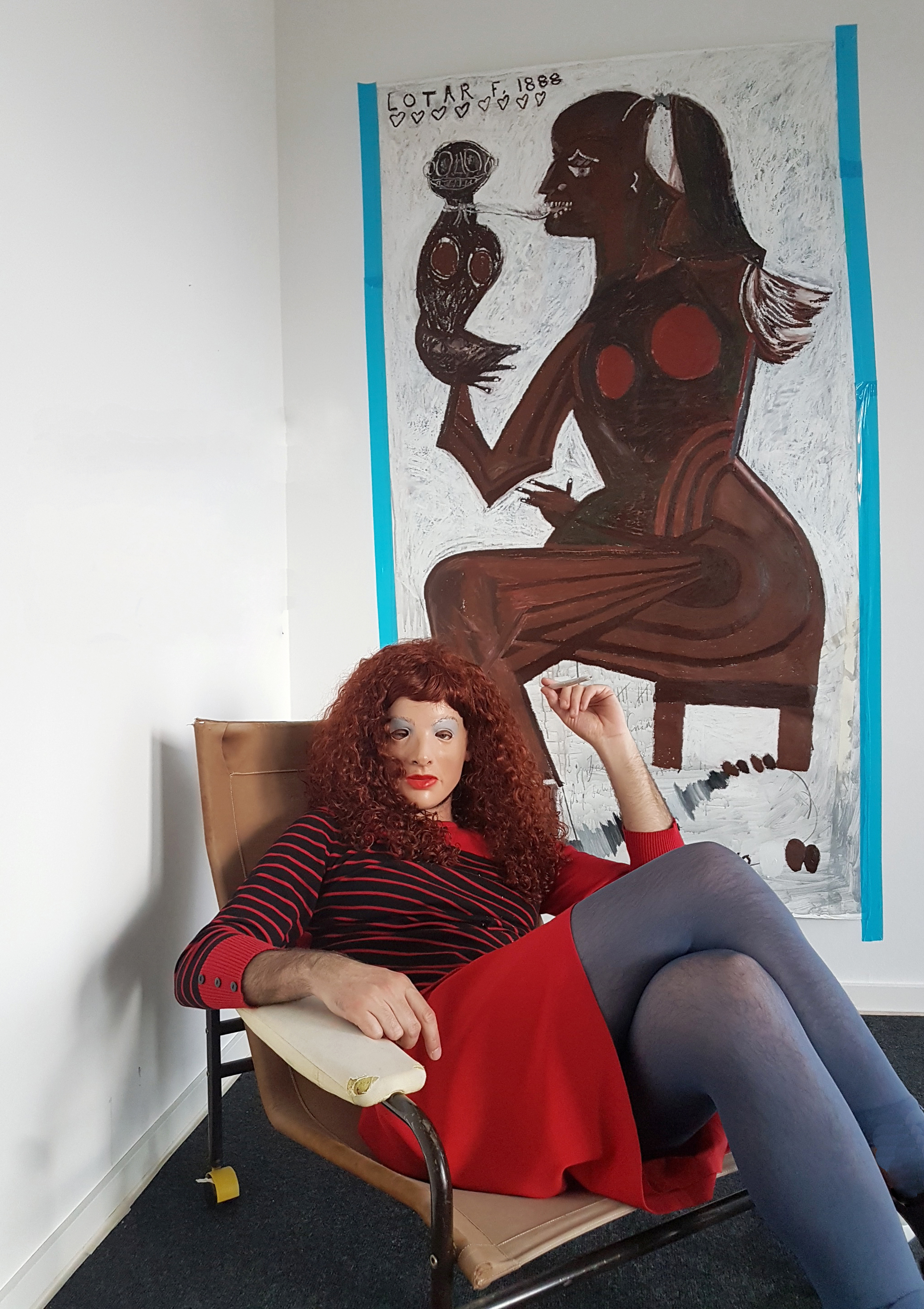
Felipe Talo is a 39-year- old man who has a son aged seven.
Felipe Talo is not called Felipe Talo but Luis Díaz.
Felipe Talo does not sign his canvases as Felipe Talo nor as Luis Díaz.
Felipe Talo signs his canvases using other names. For example, León
Fénix. For example, Lotar Fernand, as in the case of the Galería Alegría exhibition.
To sum up: Luis Diaz, aged 39 and the father of a son aged seven, whose
artistic name is Felipe Talo, does not sign his works using the name
he himself chose, but the names of other heteronymous painters
that he created and who have identities, oeuvres and lives of their own.
I have talked about signing canvases but, of course, that is
the least of it. What matters is that there is a presence behind the signature. And as
anyone who has ever suffered a loss knows full well, regardless of the nature
of that loss, great absences can turn into the most intense presences,
ghosts that cover the inner space with a vast opaque sheet.
I'm not putting my signature to this essay as an expert in art (which I'm not) not
as a great friend of the artist (which I am). I'm doing it as a witness,
because I have been close to Felipe Talo in Berlin over the last year
and a half, the period during which he has written these poems and has worked on the
pieces presented here, a time in which he has had neither
a studio nor a home and has lived by renting rooms, eight of them,
and sharing them with his seven-year- old son.
Felipe's response to this unstable and itinerant state of life
was to intensify his artistic activity, not to wait until the end of the
storm but to surrender himself to it and to find respite, refuge and a cave in the
word, a sheet of paper and some coloured pencils, in a canvas and some
oil sticks. It is, then, a body of work in the first person
that does not seek to put forward an aesthetic or to reflect on aesthetics,
but which instead uses it in a bid to survive, to conquer a
territory or to build a home and live in it: a home in drawing,
a home in painting, a home in the word.
These paintings and drawings, these Confessions of a extrem lover,
represent the landing of the artist in the most instinctive and
biological part of his existence, a landing forced by particular circumstances:
the search for a home out of love for his son.
Extract from the essay I, TALO by J.S.T Urruzola